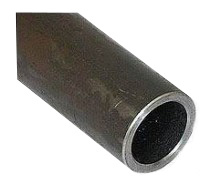Talking to a car aficionado I work with and somehow the SL-C shifter cable setup came up, and I'd mentioned issues with heat damaging the cables. He said something to the effect of using a solid push-pull rod style linkage, except the one he was mentioned used CV-style (or similar) joints for the rotation and allowed for non-straight line installation. Assembling a linkage should be possible in a few pieces for the SL-C. He suggested a couple sites like Pegasus racing gear that would have it, but for the life of me I can't find a linkage like this of any type or name no matter where I look. I've seen this stuff when working on aircraft, but this is generally highly specialized and engineered specifically for the application. Do these even exist in any form that could be DIY'd? Pretty sure it doesn't exist, at least not in the functional way this guy said.
Last edited:








